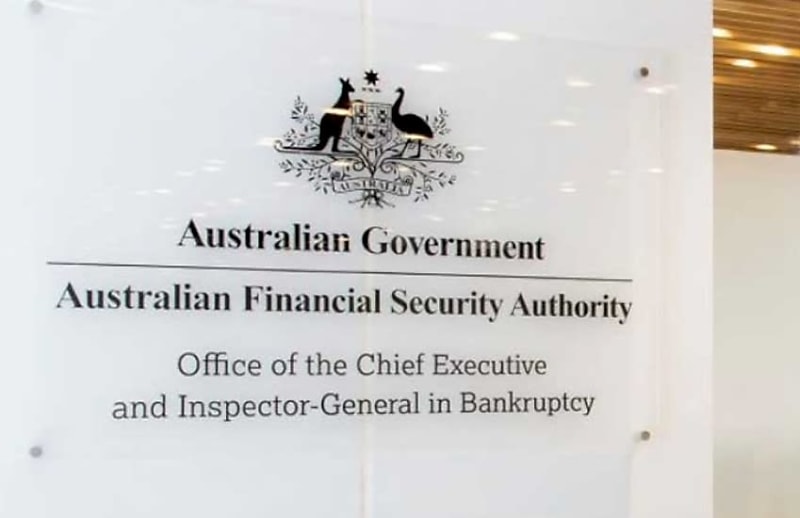You’re out of free articles for this month
AFSA noted that location-specific data reflected an increase in personal insolvencies in NSW, Victoria, Queensland, Western Australia, and Tasmania, while numbers dropped in South Australia, the Northern Territory, and the ACT.
Tim Beresford, AFSA CEO and inspector general in bankruptcy, said business-related personal insolvencies accounted for 28.8 per cent of all new personal insolvencies in 2024-25 – a 2.6 per cent increase from the previous financial year.
“While Australian households continued to experience financial pressures in 2024-25, personal insolvencies remained near their historic lows,” Beresford said.
“Three trends have driven the fall in personal insolvencies in recent years – changed creditor behaviour after the Hayne Royal Commission, changed debtor behaviour during the COVID-19 pandemic and low unemployment. As a result, we have seen personal insolvencies fall from around 32,000 to their current levels in the past eight years.”
From the 12,257 recorded personal insolvencies, 3,536 were business related, 6,930 were bankruptcies, 5,093 were debt arrangements, 210 were personal insolvency agreements and 24 were insolvent deceased estates.
Beresford said that while the number of recorded personal insolvencies had fallen over the last eight years, AFSA had strived to be proactive in its regulatory posture across its education, compliance, and enforcement activities.
This proactivity was done to effectively target key harms to maintain the integrity of, and public trust in, the personal insolvency system, as well as deliver fair outcomes for all Australians.
Beresford also noted a main priority for AFSA was ensuring that individuals were aware of their rights, such as access to free advice.
“I encourage Australians experiencing financial difficulty to reach out to trusted sources early. There are free professional services available to help find a solution that works for different circumstances,” he said.
“The AFSA website is a great starting point. It offers clear, practical resources and connects people with qualified professionals who can support them. Financial counsellors and registered insolvency professionals can help to review individual situations and guide an appropriate response.”
Taking a dive into the most recent statistics, AFSA also released the new personal insolvency numbers for August 2025, which were observed to have slowed over the month.
In August, there were 1,095 new personal insolvencies – a decrease from 1,247 in July this year and a decrease from 1,119 in August 2024.
From these, 589 were bankruptcies, 485 were debt agreements, 18 were personal insolvency agreements, and three were insolvent deceased estates.
The most common industries where personal insolvencies occurred included construction, healthcare, and social assistance, as well as transport, postal, and warehousing.
During this same period, 310 people who entered a personal insolvency were involved in a business, dropping from 355 in July 2025, including sole traders, people in partnerships, or directors in companies.
Despite the recent drop, Beresford reinforced the point that people experiencing financial stress were encouraged to seek support early.
“For anyone facing and considering formal insolvency options, reach out to a registered trustee or registered debt agreement administrator,” Beresford said.



